After its premiere during the last Venice VR (Expanded) festival, Josephine Derobe’s MEET MORTAZA will continue its journey in festivals for 2021 – notably in selection at FIPADOC Smart and the next South By Southwest (SXSW).
With MEET MORTAZA Joséphine Derobe makes a powerful and moving film about the footsteps of Mortaza, an Afghan refugee whose real life (and journey) guided the director’s camera – like a return to the memories of a man who is now integrated in France but whose story resonates in each of us.
She comes back to the shooting, the immersive and poetic form of this documentary and the choice of virtual reality to touch the viewer in his own intimacy.
MEET MORTAZA is a documentary in virtual reality and a journey in augmented reality (coming soon).
A series of interviews is available on TV5 Monde and www.meetmortaza.com.
MEET MORTAZA is a project aimed at a European public from 13 years old. My wish with this experience is to sensitize differently to the problematic of “migrants” in Europe, to engage the spectators in their intimacy, through their feelings so that they feel concerned by the history of Mortaza which echoes many trajectories of exile and asylum seeking. Mortaza’s odyssey is extremely positive since he has been building his life in France for over ten years and runs a center that helps newcomers. We experience his story in the first person, immersed in his memory, but not in his place.
Joséphine Derobe, creator
On the road (Turkey)
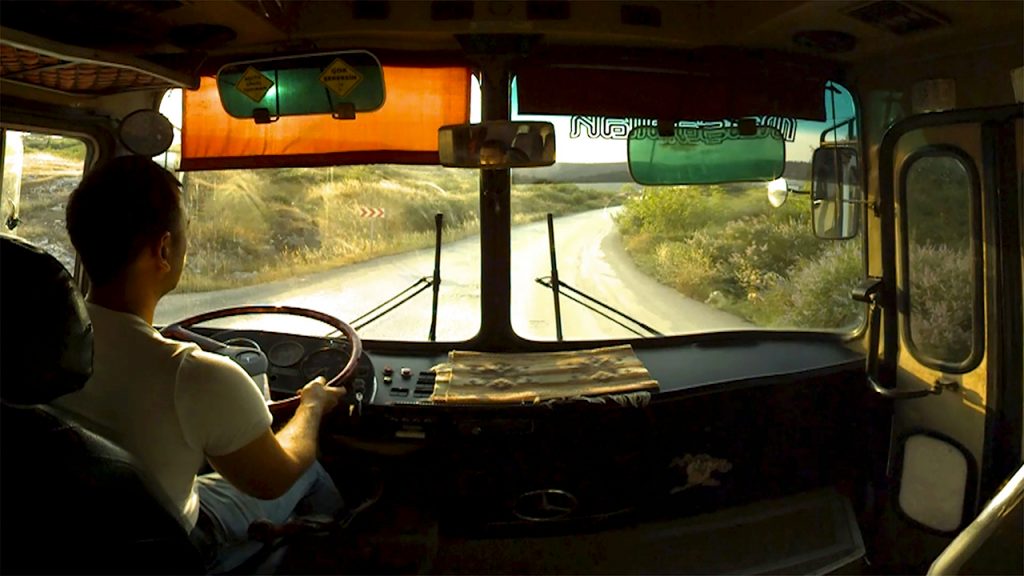
In the narrative of this journey, “transportation”, whether physical or symbolic, is central.
The participant is propelled into the memory that Mortaza recounts to him, his road of forced exile that he took between Afghanistan and France. The spectator doesn’t move by himself, the dramaturgy passes through his feeling in front of the modulation of the space (visual and sound) around him.
Some sequences are dedicated to the many means of transport that Mortaza had to use on the road between Kabul and Paris, first in broad daylight and then hidden, in total clandestinity.
In this image, we are in a bus in Turkey. This long sequence transcribes the hundreds of kilometers traveled and the time that passes. Thanks to a timelapse, the roads change, the sun turns, then the passengers disappear one after the other and night falls.
At the end of the sequence, the driver rushes into a dark tunnel, we are alone at the back of the bus which is driving at high speed on this downhill road, with no opening outside. Here I express the loss of landmarks that Mortaza experienced when he found himself in “blind landscapes”, his isolation in increasingly confined means of locomotion along his route. Without seeking to traumatize the viewer, it was necessary to make him feel the loss of normality, of contact with others and with the outside world, and even sometimes the loss of freedom of his own body.
Along the way (Italy)
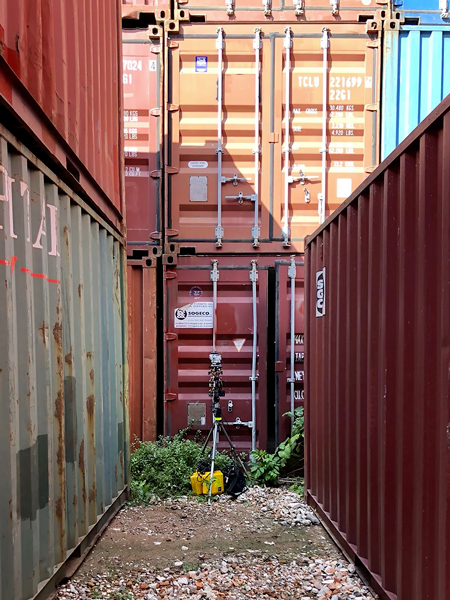
In virtual reality – even documentary – the management of the scenography is essential. As with the means of transport, the locations were chosen on the real route of Mortaza but also according to our feelings about this space: vast, compressed, inhospitable, blind, natural, urban…
In this filming photo, we are really in Venice but in the port area, where migrants face violence, as opposed to the enchanted gaze of tourists on one of the most beautiful cities in the world.
What was important here was to think about what could be made visible. We filmed in 360° and in relief, so it was the metal labyrinth and the absence of escape routes that I put forward. The sound is rough, rough, it reflects the tension of the moment when Mortaza does not know if he will come out alive from the port of Venice Mestre. He is squeezed between the machines, the security guards, the barking dogs, the danger is real, resounding from all sides and yet, like him, we see nothing, we hear.
I was lucky enough to have producers who understood the importance of filming places that Mortaza had really been through, despite our financial and logistical constraints inherent in the documentary format.
Going west (Italy)
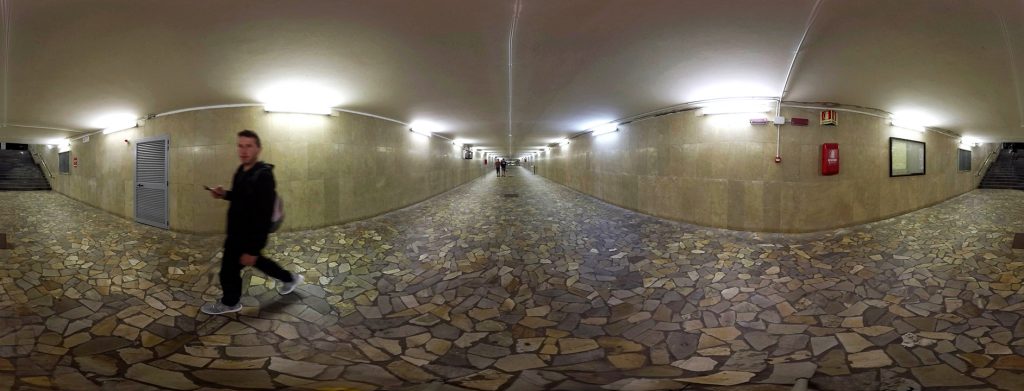
In this image, there are large vanishing lines but no opening to the outside. Everything is claustrophobic. In this station tunnel, we find a form of normality, an urban environment frequented by passers-by. However we treated it in a non-naturalistic way with VFX in post-production to make the passers-by “ghostly”. The sound was unpleasant, noisy and we reinforced it to increase this discomfort. Mortaza doesn’t know the Italian language, he has just escaped from the port police, he is totally lost in the tunnel which can nevertheless allow him to take a train to France and he has to face the people’s gaze. Mortaza’s arrival in Europe was an almost more violent shock than his perilous journey in the East. A disappointment all the more cruel since he had put all his hope for a better life in Europe.
I refer to those interested in the book written by Mortaza “I knew that in Europe we don’t shoot people” (éditions Vendémiaire).
Between dreams and realities (Grèce)
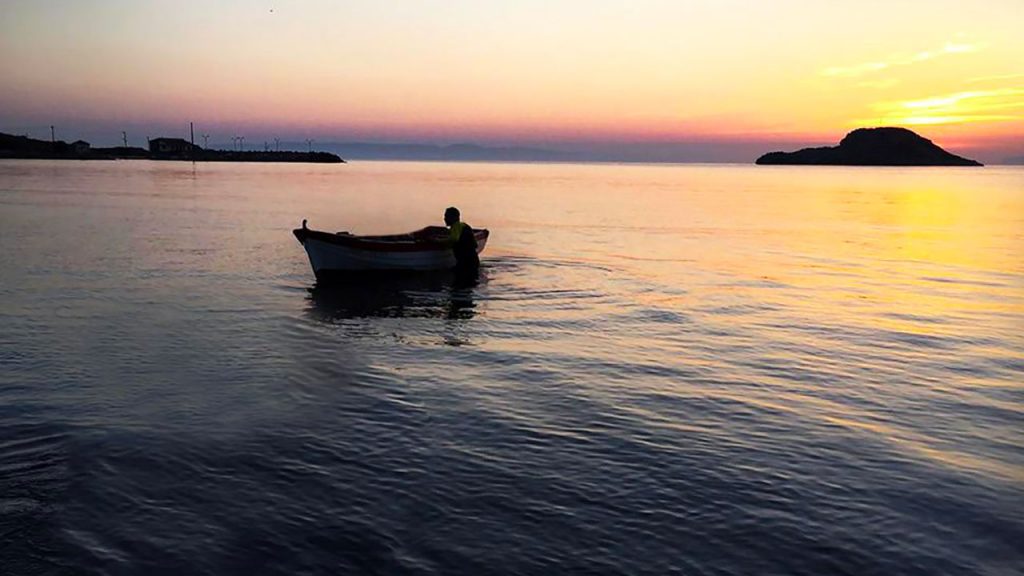
This boat sequence is in the middle of the experiment. In the staging, I privileged the symbolic aspect, the universal character of this stage of the journey.
Mortaza’s journey is a modern odyssey. Here he leaves the East for Europe, with the idea that the worst is behind him. And in reality it is the opposite! Even if the scenery is sublime, the environment is peaceful, contemplative, minimalist … The arrival in Greece, the first European land, quickly turns out to be inhospitable.
The sequence of the boat between the Turkish coast and the Greek shoreline uses an animated passage that features voices, peaceful songs in several languages of men and women, and sirens accompanying the boat. It is a reminder of the migrants who were not lucky enough to survive the crossing. I didn’t want to replay the trauma of those moments, so I preferred restraint. It is a time of floating, of assumed dreaming.
Animated mountains (Afghanistan)
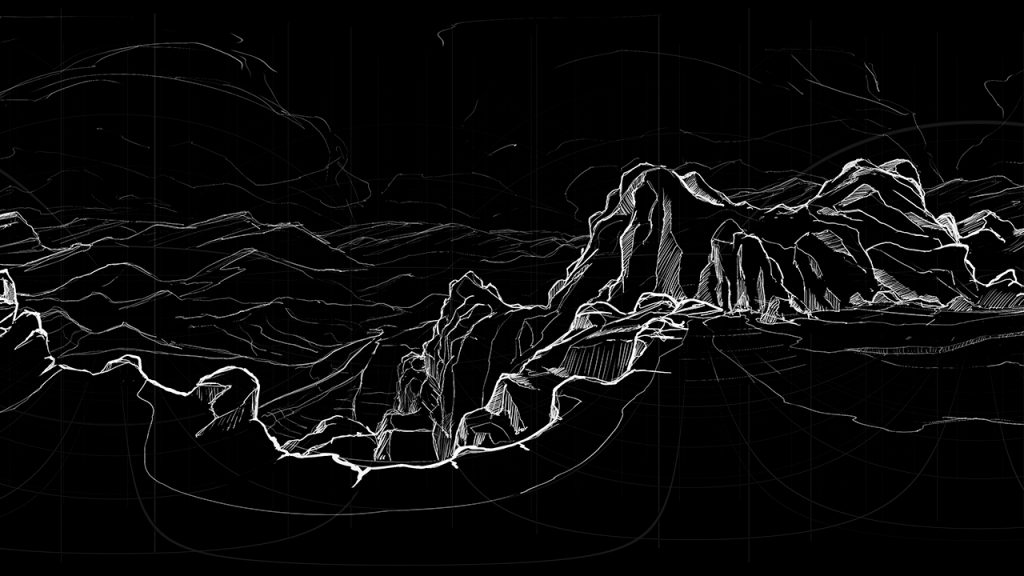
This drawing at the opening of the film represents the “impossible landscape”. Threatened with death by religious authorities, Mortaza fled his country in the middle of the night at the age of twenty-five, not knowing if he would ever return.
He has been living in France for ten years, yet he regularly dreams of these mountains, those of Salang, which he admired when he worked between Kabul and Mazar-e-Sharif.
The animation imposed itself by the structure of the story – beyond the problems of filming. The use of dreamlike scenes reinforces the universal aspect, Mortaza’s personal imagination that the viewer captures. By using drawing, something strong is created… and with the sobriety of a black and white that does not hide the emotion, the nostalgia behind this memory. It is a proposal that allows us to work on the sensitivity of the story from the start – in contrast to more realistic, harder sequences.
As with the boat sequence, we find in it the expression of suspended time, illustrating an inner territory. The two sequences respond to each other through their symbolic value. For the mountain it is the impossible return to one’s own country. For the sea, the moving border between the East he flees and the West which represents the hope of a still uncertain future.
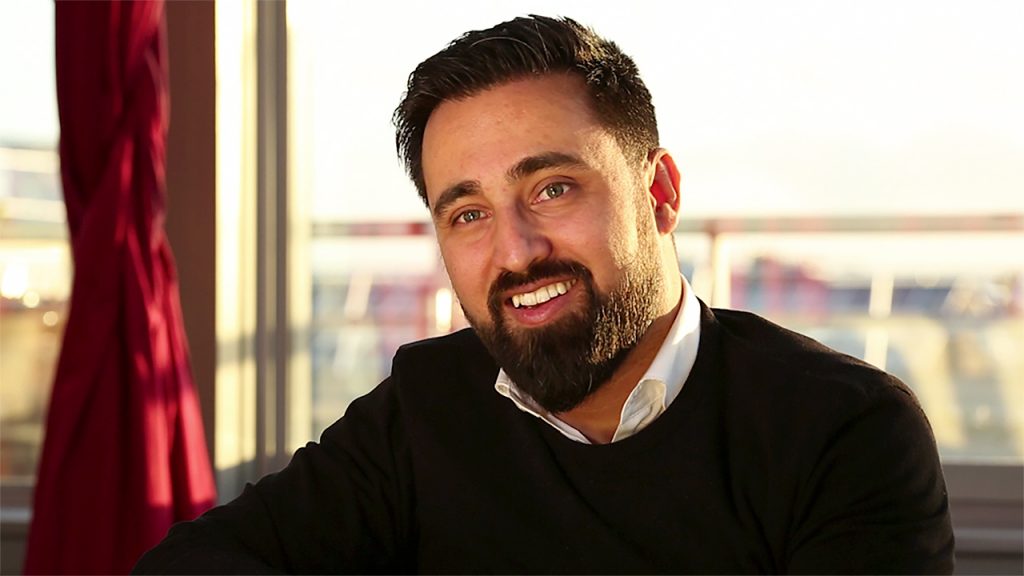
Plus d’informations sur MEET MORTAZA : meetmortaza.com

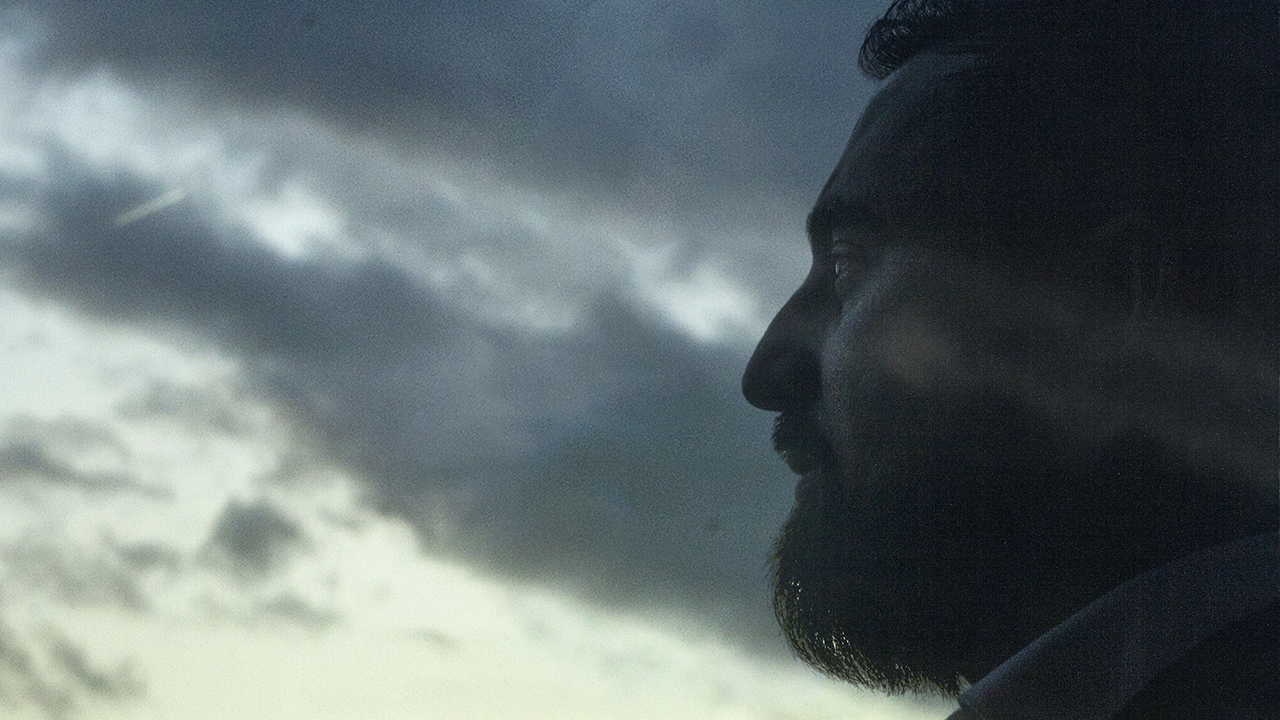

Leave a Reply
You must be logged in to post a comment.